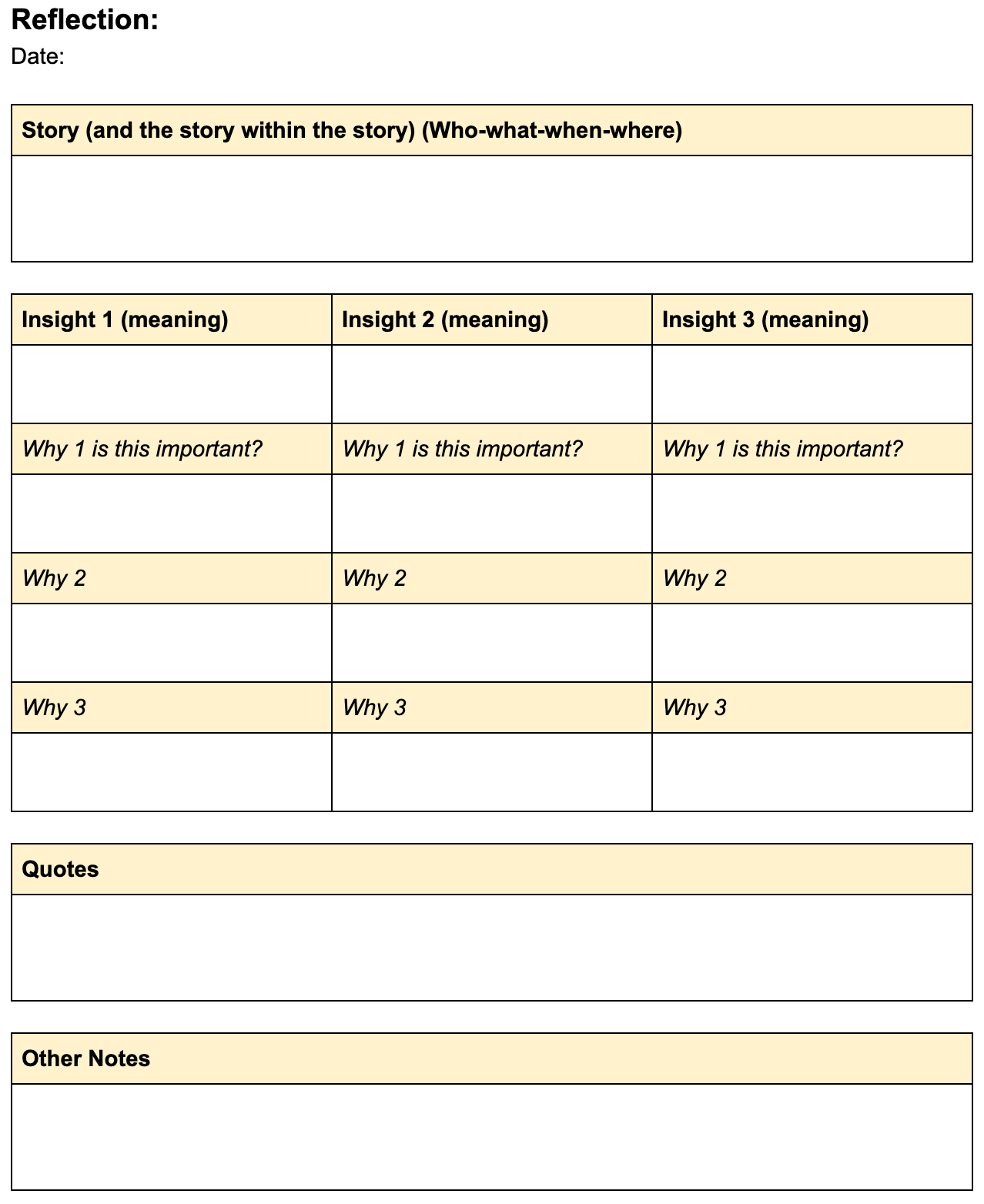An innovation in Knowledge Elicitation discovered during the Agile Partnership Program to facilitate guided reflection for the participants who shared that journey.
a little background
The idea of the 3x3 Reflection came out of a discussion that I had with Ward about practices that companies could use to better learn when complex systems fail.
Both of our companies have complex systems and, despite best attempts, these systems unpredictably fail.
Unfortunately, far too often, the tendency of management is to "blame and shame" when there is failure. That is, to try to identify who was responsible for the failure and to shame them for it. Knowing this response, individuals will often attempt try to hide themselves and the reasons for the failure.
But this behavior does not allow the organization to learn from these failures. Each failure illuminates assumptions that have now been demonstrated to be false. By identifying these incorrect assumptions and then developing new supporting solutions, systems can become more resilient.
Part of a healthy practice of learning from these failures is the probing of the problem by progressively asking about the reasons for failure. This technique is called the Five Whys ![]() .
.
As Ward was explaining this concept to me, I began to wonder if we might flip it around and use this same progressive exploration for insights, one the we could test with the follow-up interviews for the pilot of the Agile Partnership Program.
the format
The 3x3 Reflection uses a note-taking template that has three parts. Here is a template: doc ![]()

3x3 Reflection Template. source ![]()
The first part is the section where the story of the experience is captured.
The second part is where we captured three insights that came from that experience.
The third part is where we asked "why" three progressive times, capturing deeper insights each time.
The three whys for each insight make up a 3x3 matrix, the core of the 3x3 Reflection narrative.
the practice
We have now used this reflection process multiple times. Jami has also used the 3X3 Reflection extensively in her school.
After brief introductions, the person being interviewed is given a high level explanation of the process we will be using. They are then told that they will be asked them to provide a brief overview of their experience, identify three insights and that we will be probing those insights more deeply.
We then jump in. While the story is being told, it is written in the story block on the template. Then the three insights are captured. We then go back to the first one and ask why that was an insight. We let the conversation flow, identifying key words that have a particular emotional impact or meaning. We then take that word or phrase and ask why that was important or insightful for them.
We repeat this process one more time, then go back to the second insight and then the third, following the same progressive exploration - always drilling into key emotional words or phrases.
Once we have completed the ninth and final cell in this matrix, we then share the document with the person who we are interviewing. We review it together, highlighting these keywords or phrases that shaped the interview.
In closing, we read those key words or phases in reverse order, from the last cell to the first. We then listen for their final impression of this interview experience.
the impact
Each time we have used this practice it has been a powerful experience, both for us and for the people we are interviewing.
Typically, before we have started, the person we are interviewing only has a vague sense that the experience we are exploring was meaningful for them. But they don't know why.
Through this interviewing practice we are able to quickly identify and clarify the underlying meaning of these experiences.
Experiences that are important for them, those have have touched them more deeply than just intellectually. That touched their heart and, indeed, their soul.
By walking together through each of the emotionally rich words and phrases, a connection of meaning becomes illuminated.
When reading it backwards, those connections become seen as a pattern. A pattern of meaning.
Empowering them as Meaning Makers.
DOT FROM preview-next-diagram
3x3-reflection